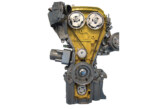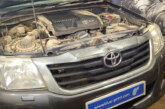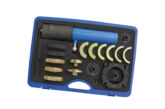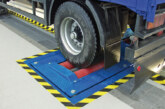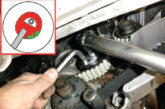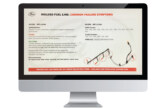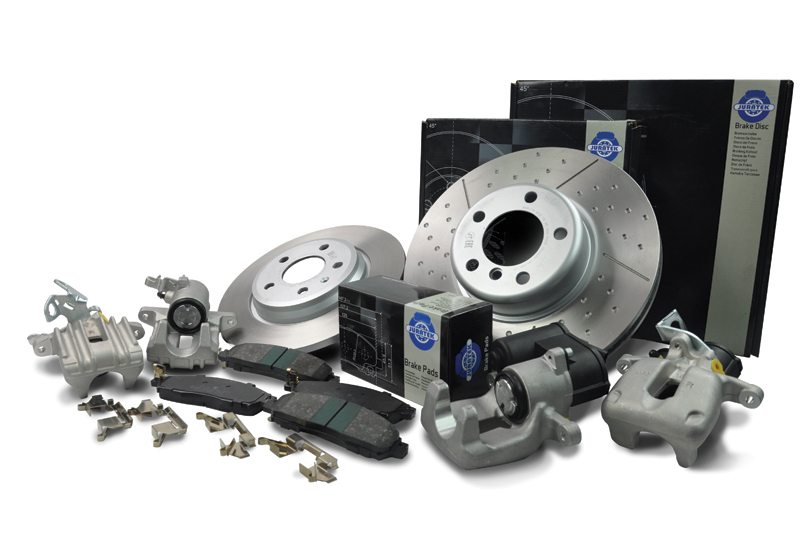
A recent report from the Air Quality Expert Group claims that “pollution from tyre wear and brake dust contribute to half of particle pollution from road transport.” Amidst an ageing LCV market, Juratek outlines the measures it’s taking to reduce the emission of harmful particles from its range of brake pads and discs.
It is self-evident that the action of two surfaces rubbing together, like brake pads on brake discs or tyres on the road, will cause wear to both surfaces. In the case of brakes, about half of this debris is expelled into the air, with some being dispersed to the roadside and the rest sticking to the wheels of the car and vehicle body, usually in close proximity to the cars wheels.
As a result of this, the US states of California and Washington have imposed regulations to reduce copper and other heavy metals from being present in braking products. The first level of the legislation began in 2014 in California; all brake manufacturers and importers were required to self-certify that their brake pads contained no more than 0.1% by weight of asbestos, cadmium, chromium, lead, and/or mercury.
On January 1st 2021 the second phase of the legislation will go into effect. This will require brake manufacturers and importers no more than 5% by weight of copper. By 2025, this must be less than 0.5%.
Of course, this legislation does not apply in Europe; however, the principles behind the restrictions are to everyone’s benefit. Like others in industry, Juratek has been rightly concerned about the health hazards that might be posed by this brake wear debris. For some years now, our range of brake pads has been fully environmentally friendly, with all pad materials being free from heavy metals and copper.
This presented our product development team with a significant challenge; to ensure that the products still had high standards of performance and freedom from noise and judder, whilst also retaining reasonable pad and disc life. In summary, the aim was to ensure that Juratek pads provide premium service performance, without costing the earth.
Naturally, governments are looking to go further than just restricting the use of some of the more problematic ingredients of brake pads. Wear debris is a mixture of both pad and disc debris, and ranges in particle size from > 100 μm to approx. 0.1 μm, with some of it falling in the critical respirable range of 10 to 1μm.
Further reducing particle emissions will require a much broader approach across a number of fronts, so we are looking to see special hard coatings being applied to the surface of brake discs, in order to reduce their wear rates. An alternative is the use of carbon- ceramic discs, which also offer reduced wear, but at a significantly higher cost.
The automotive industry is also exploring the development of partially enclosing brakes, as well as the idea of fitting them with filters in order to capture the bulk of particulate emissions. It is likely that the final solution to this issue will be a combination of measures.


